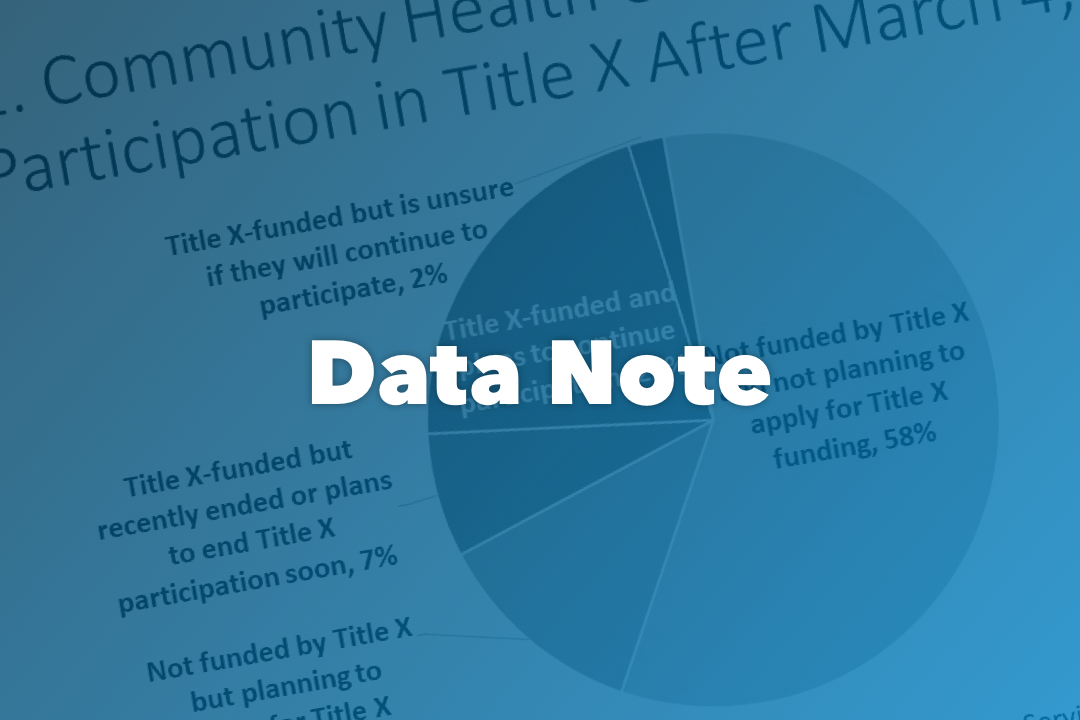Data Note
June 2023
Sara Rosenbaum, Peter Shin, Feygele Jacobs, Kay Johnson
Most states are in the midst of unwinding the continuous Medicaid enrollment protections enacted during the COVID pandemic. The most current projection is that 17 million people, about 1 in 5 beneficiaries including an estimated 5 million children and 7 million adults, could lose coverage. About one-third will lose their coverage not because of ineligibility, but due to administrative or procedural issues.
Some of those experiencing coverage loss may eventually be able to reenroll in Medicaid or obtain other insurance (e.g., a Marketplace policy or enrollment in an employer plan), but even in these situations, unwinding is likely to disrupt coverage for some period of time. In many cases, affected families may not realize that they have lost their benefits until they show up for a health care appointment or attempt to fill a prescription, only to discover that they are no longer insured.
Within the vast group facing possible coverage loss are hundreds of thousands of pregnant and postpartum people and their babies. Medicaid establishes special protections for both populations. Babies born to mothers enrolled in Medicaid are entitled to 12 months of coverage without interruption. Pregnant people are entitled to uninterrupted coverage through the month in which the 60th postpartum day occurs, and states have the option of extending the postpartum period for a full 12 months. As of the end of May, 34 states and the District of Columbia have taken this option.
Data from the Uniform Data System (UDS), an annual reporting system covering all community health centers, show that in 2021 health centers cared for 544,611 pregnant patients and 619,176 infants (See Table 1). The UDS also provides data on the number of postpartum patients and their babies experiencing selected medical conditions or complications, which offers insight into care linked to perinatal and neonatal complications or developmental delays during infancy (Table 2). In 2021, more than 127,000 patients were seen for complications during the perinatal period (pregnancy and childbirth), and care for these patients exceeded 214,000 visits.
Given that 90 percent of all community health center patients have incomes below twice poverty, as well as the relative generosity of Medicaid eligibility for pregnant people in nearly all states, it is safe to assume that Medicaid is the predominant insurer for mothers and infants.
Community health centers’ role in maternal and infant health for medically underserved communities and populations can hardly be overstated. Health centers care for an estimated one in six people giving birth (17 percent)1 and two in five (40 percent) low-income women,2 andas a result, they play a crucial role in helping prevent unnecessary coverage loss among pregnant people and their babies as Medicaid unwinding proceeds.
How health centers can help protect coverage for pregnant and postpartum people and babies
Medicaid insures two basic types of pregnant patients – those whose enrollment is based on their pregnancy, and those who are already enrolled based on low income or disability and become pregnant. The continuity protections apply to both types of patients – that is, regardless of whether their eligibility is tied to pregnancy or low income. But it is possible that even these continuity protections face disruption in light of the immensity and complexity of the unwinding effort. State computer systems may flag known pregnant beneficiaries and infants, but thousands of low-income beneficiaries may be receiving pregnancy care beyond those known to the state, because they became pregnant while already enrolled.
Community health centers can help mitigate this risk of unnecessary coverage loss by ensuring that state Medicaid agencies are aware of all Medicaid patients receiving pregnancy care regardless of whether their eligibility is directly linked to pregnancy. A comparable notification effort following the end of pregnancy, while redundant under normal circumstances, would be equally important in order to ensure continuity during postpartum eligibility and infancy.
Consistent with their robust role in patient education, community health centers can (and already do) play an active role by informing patients about the unwinding, the importance of Medicaid communications they may receive, and where and how to get help. In addition, as health centers engage mothers during the prenatal and postpartum periods, they can redouble efforts to ensure that mothers understand the continuity coverage rights for themselves and their babies, and the importance of care during the postpartum period.
Medicaid unwinding poses immense challenges for states, managed care plans, community health centers and other health care providers. But above all should be concern about the health and wellbeing of the people who depend on Medicaid. At a time of grave concern over maternal death and disability, as well as the health and wellbeing of babies who face elevated health and social risks, community health centers play a pivotal role in mitigating unnecessary coverage loss and safeguarding coverage continuity.
A further illustration of the importance of coverage for low-income women can be seen in Table 2. In 2021, health centers reported 127,461 patients with an abnormal perinatal or neonatal medical condition and 606,801 children who failed to meet development milestones or to thrive.
Note: Perinatal-neonatal medical conditions include select infections and diseases and abnormal symptoms and clinical findings. Lack of expected normal physiological development includes delayed milestones, failure to gain weight or thrive.



